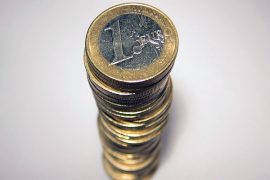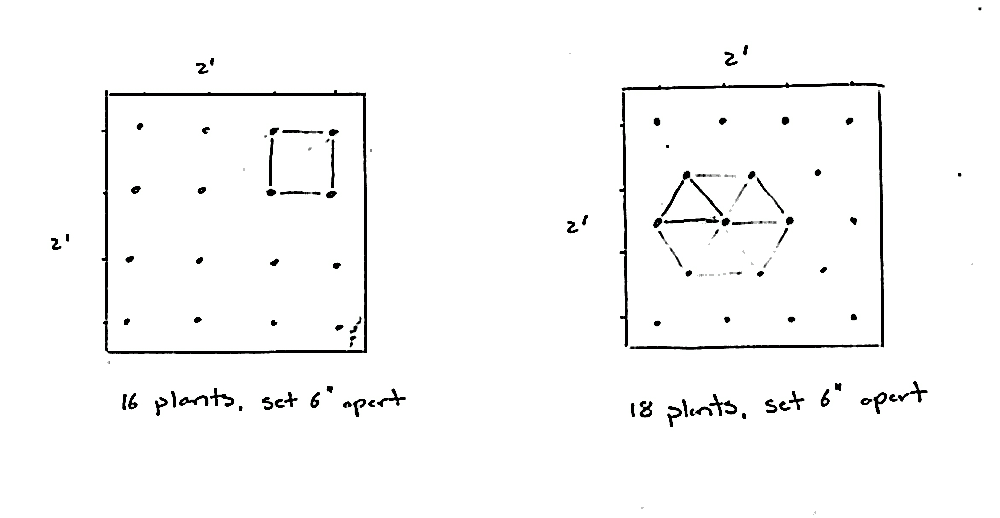A few weeks ago, a screen shot from Yahoo! Answers was floating around the interwebs, and a friend posted it on my facebook page asking if I would decipher it.
This is my last day of vacation, and because this question relates very well to bases (the topic of Monday’s post), I thought I’d take an easy route today and explain it. I’m guessing that many of you can see the fallacy right away, but the question speaks to how bases work (and don’t necessarily play well together).
Remember that our decimal system is in base 10. That means each place value depends on a multiple of 10: 10s, 100s, 1000s. This is also true for values smaller than 1: 10ths, 100ths, 1000ths. Got it?
Our system for measuring time is different. As the questioner correctly notes, there are 60 seconds in a minute. In fact, we measure time in base 60. Seems that this derived from the Babylonian’s astronomical calculations, a very elegant system. See, 60 is the smallest number that is divisible by the first six counting numbers: 1, 2, 3, 4, 5, 6. Neat, huh? It’s also divisible by 10, 12, 15, 20 and 30, making it an even more flexible number.
This in turn gives way to the analog clock, which is circular. Circles measure 360 degrees: base 60! In fact angles and circles are measured in base 60. (Check out this cool way to teach kids how to read an analog clock and understand circles.)
Okay, so time is measured in base 60. All that means is that 1 minute equals 60 seconds and 1 hour equals 60 minutes. (Forget the hours and days for now.) But remember, our decimal system is base 10.
And that’s where this questioner has gone wrong. You can measure time in base 10, but it won’t translate the same way as base 60. In other words, 120 seconds is not 1.2 minutes. Nope, it’s 2 minutes.
And this is exactly why it’s hard for kids to learn to read analog clocks. And why microwaves might burn brain cells along with the popcorn you were having for a snack. Even though we’ve spent our whole lives using base 60 to measure time and base 10 to measure practically everything else, sometimes it’s tough to switch back and forth. Darned Babylonians.
Have you ever gotten mixed up because time is measured in base 60? Share your story (especially if it’s travel related) in the comments section.















